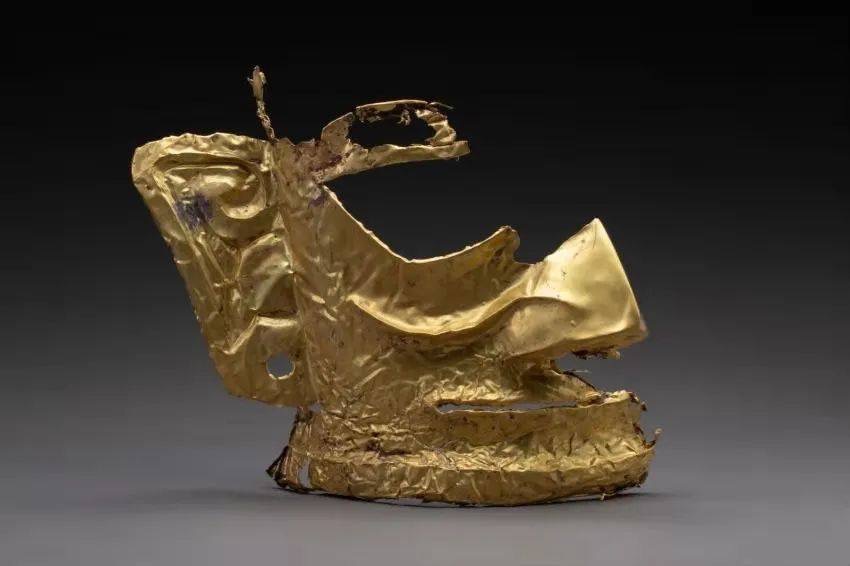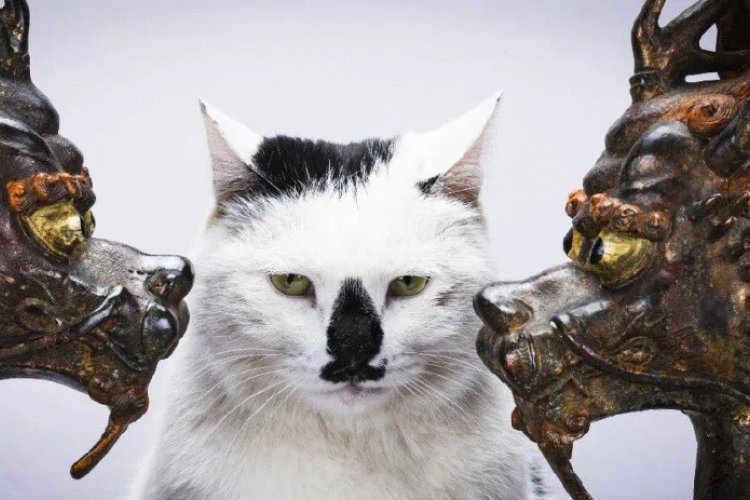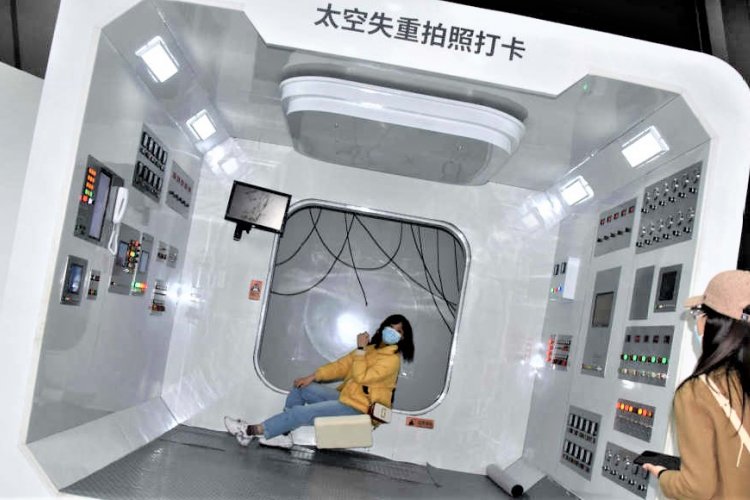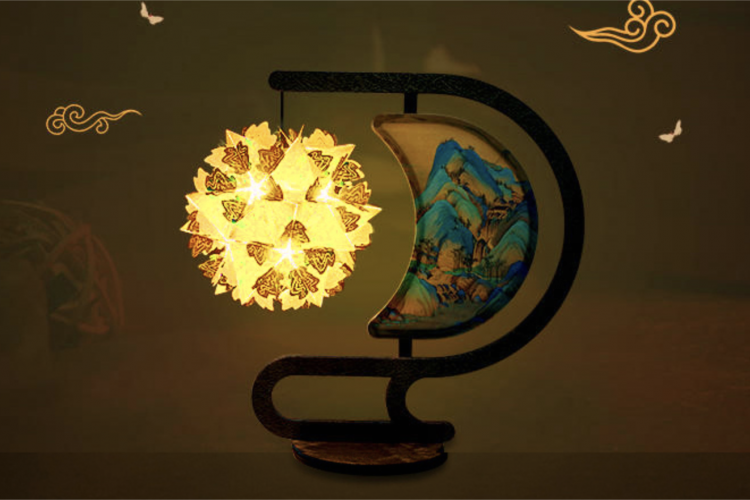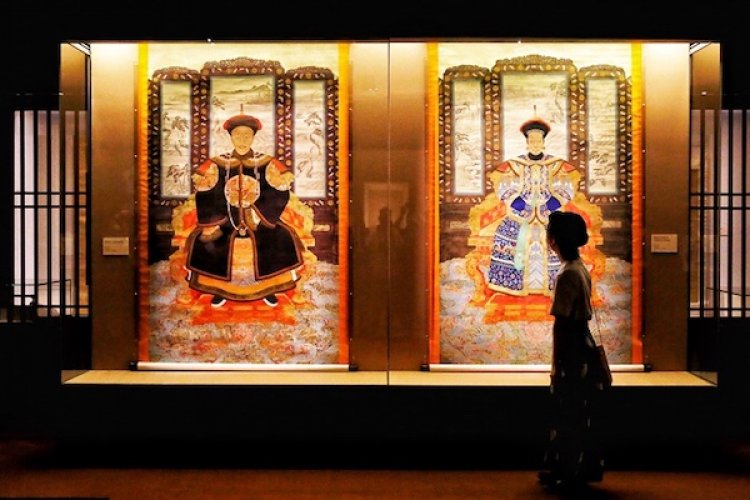Can't Make It To Sichuan? Don't Worry! Sanxingdui Relics Have Landed in Beijing
If you’re a super-fan of historical relics or Chinese history, you can’t have missed the latest news that precious relics were uncovered at the Sanxingdui Ruins site in southwest China’s Sichuan Province. More than 500 pieces were unearthed from six sacrificial pits, including the fragments of gold masks, bird-shaped gold ornaments, painted bronze head portraits, bronze masks, a bronze sacred tree, ivory, jade, and bone. All of these items date back to 3,000 years ago, the era of China’s Shang Dynasty (1600-1046 BC).
Among them, the superstar is the remains of a gold mask found in pit No. 5 – the smallest pit among the six, however, the site where the most gold was recovered. The mask weighs 280 grams and is estimated to be 84 percent gold, with 13-14 percent silver, and other materials. With a square face, large hollowed-out eye, triangular nose, and a large ear, the mask represents a typical Sanxingdui style. Much bigger than any human face could wear, it is thought to be meant for religious rites and sacrifices.

A glimpse of Sanxingdui civilization at the National Museum
The Sanxingdui Ruins site is regarded as one of the most important archaeological discoveries of the 20th century. Since it was first discovered in 1920, excavations have continued relatively uninterrupted, and reached an apex in 1986, when archaeologists unearthed more than 50,000 pieces. In ancient times, the region around the Sichuan basin was called 蜀 Shu, which is a kingdom surrounded by hundreds of mountains and rivers, and had little connection with the Central Plains due to its geographical isolation. However, the excavation of Sanxingdui proves that the civilization of Shu is as long as that of the Central Plains, extending back 5,000 years.
Unfortunately, to truly appreciate all of these national treasures, you have no choice but to take a flight to Guanghan – a city 40 kilometers from Sichuan’s provincial capital Chengdu – and visit the Sanxingdui Museum. However, a much smaller sampling of the discoveries – two bronze masks and one bronze human head to be precise – are currently on display in the Ancient China Exhibition Hall at Beijing's National Museum of China.
Bronze mask 青铜面具 qīng tóng miàn jù
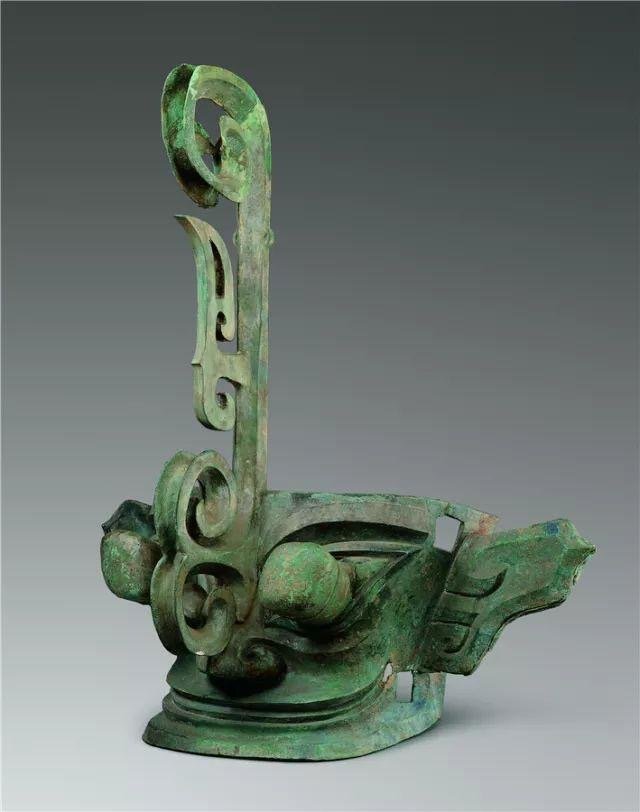
This totem-like (and somewhat creepy) bronze mask is one of the most famous items in the museum's collection. The nine-centimeter-long protruding eyes make it unique among others. It has large ears and three-layered lips, and the unfathomable smile on its face adds more mystery to its long-hidden history. Weirder is the 66-centimeter long ornamentation attached to its nose. Some experts say it's meant to reflect the pattern of cirrus cloud, while others believe it’s a transformation of China's mythological holy creature – the dragon.

Additionally, there’s another bronze mask, which is more commonplace but well preserved. Except for the long nose, the pair look almost like twins. It is believed that the ancient Shu people cast these masks according to the image of their god. That’s why all of them share similar facial features – diamond-shaped eyes, big ears, triangular nose, and wide mouth.
Bronze human head 青铜人首 qīng tóng rén shǒu
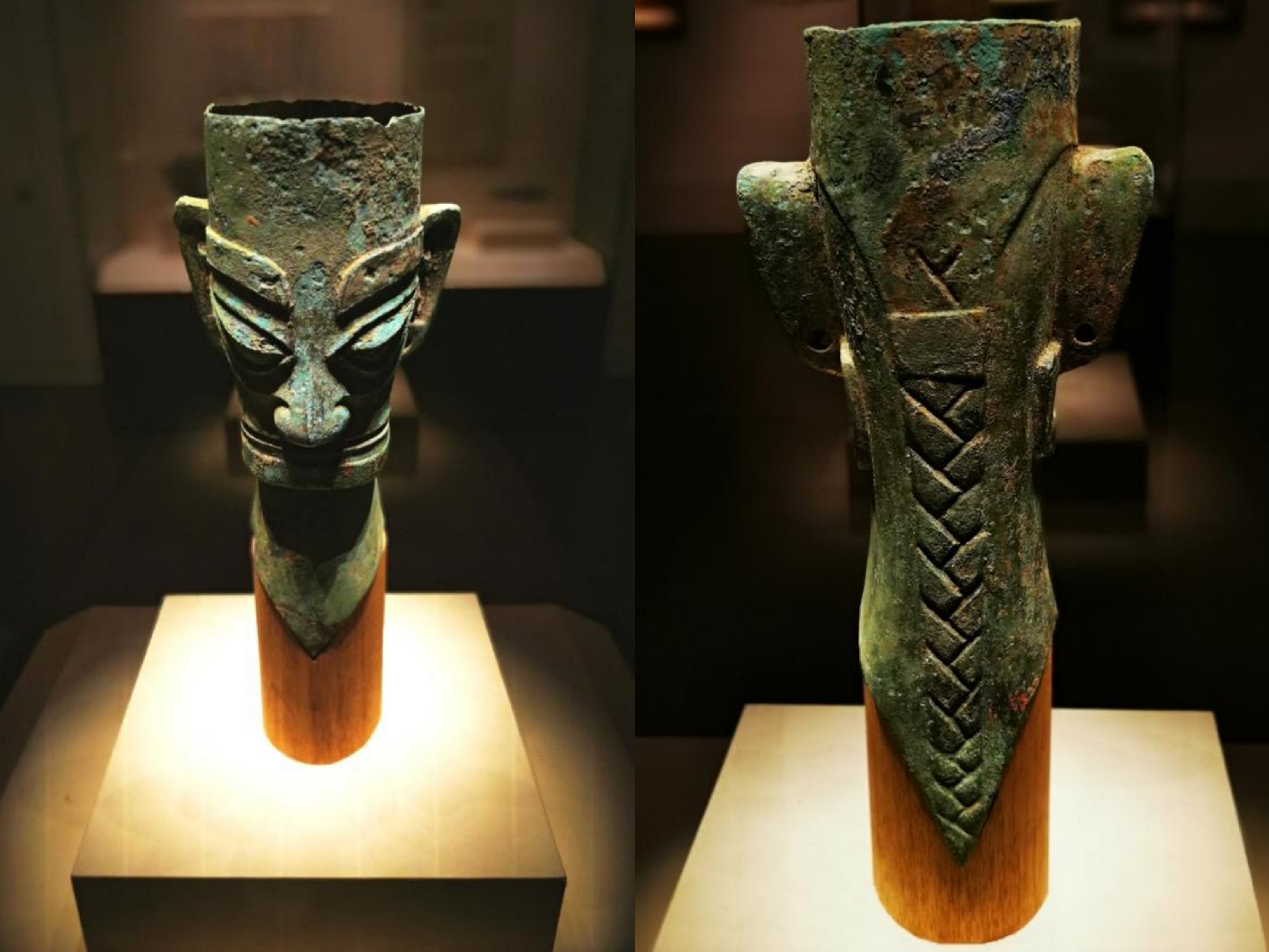
Many bronze human heads have been unearthed from the Sanxingdui Ruin site, and this one is a representative among the lot. Compared to the masks above, this one looks thinner and has ear piercings, as well as a long braid on the backside of the head. The hairstyle is called 编发 biān fà and is believed to have something to do with the medicine man of the Shu.
To book an appointment for the National Museum of China, click here.
READ: Three Arrested After Badaling Great Wall is Defiled... Again
Images: The National Museum of China, Sanxingdui Museum, Weibo

